EXTREMELY RARE! WWII 1945 Battle of Iwo Jima Battlefield Preserved Exploded American Shrapnel Fragment (SMALL/MEDIUM SIZE)

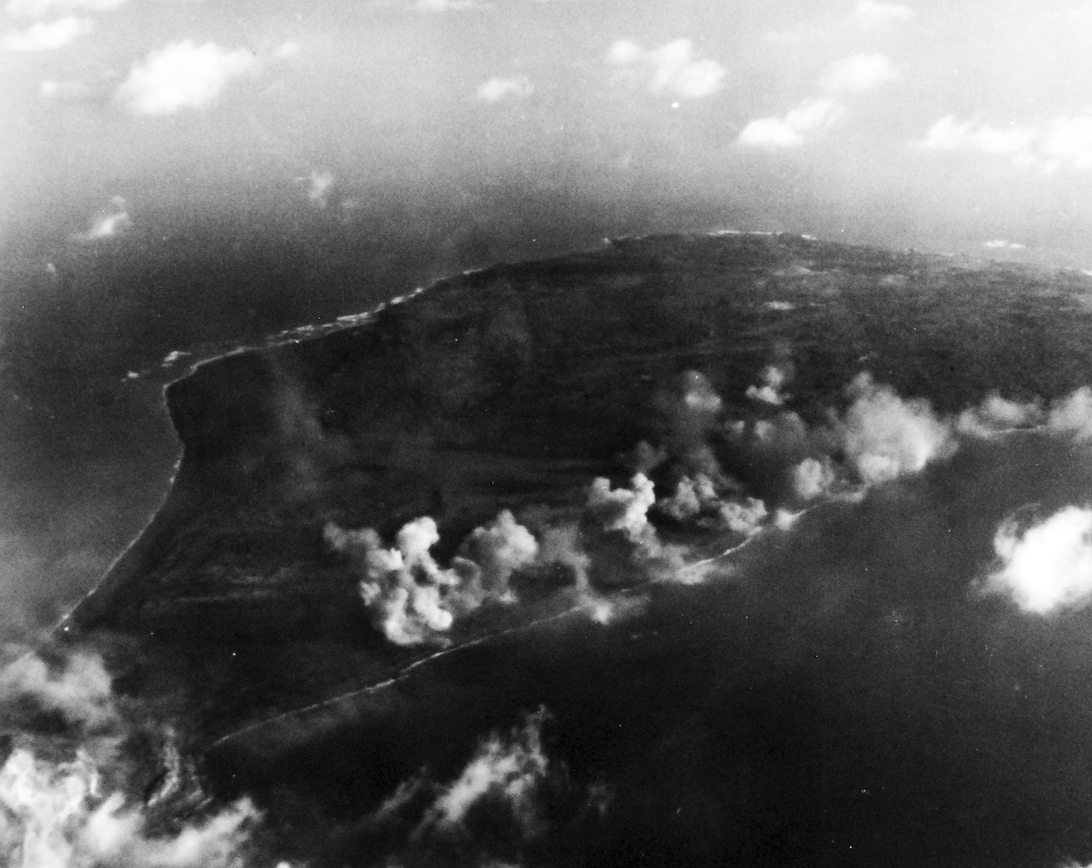




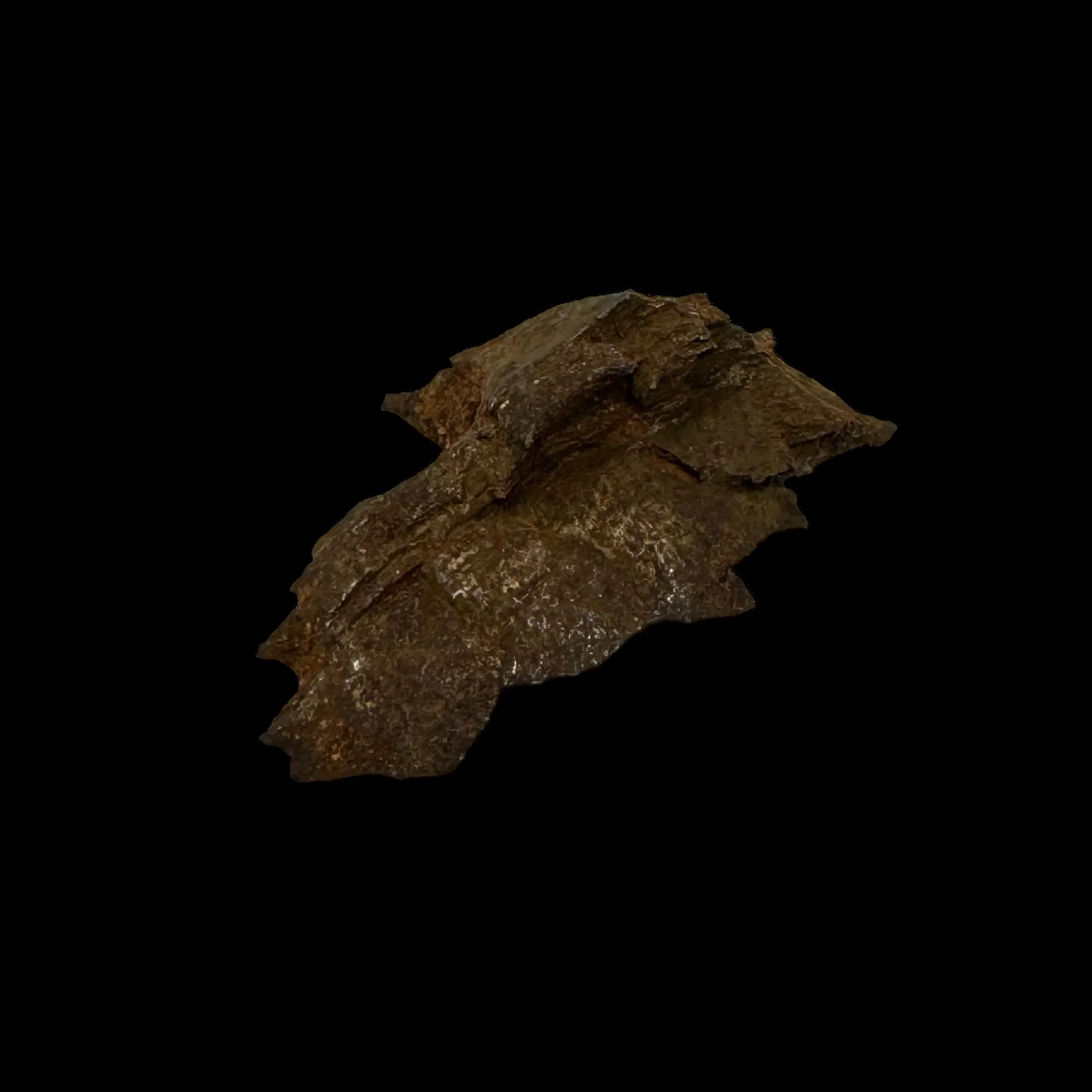

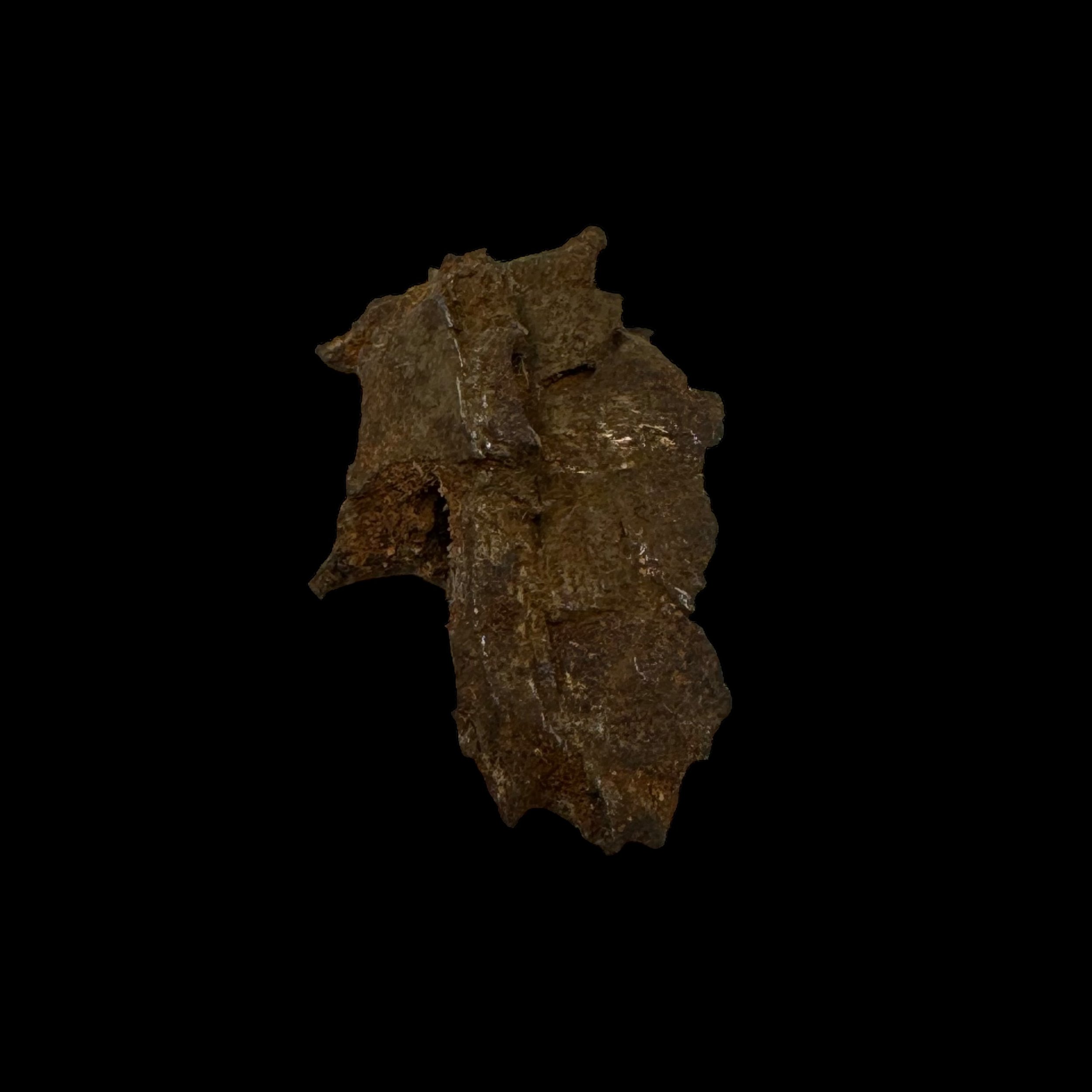
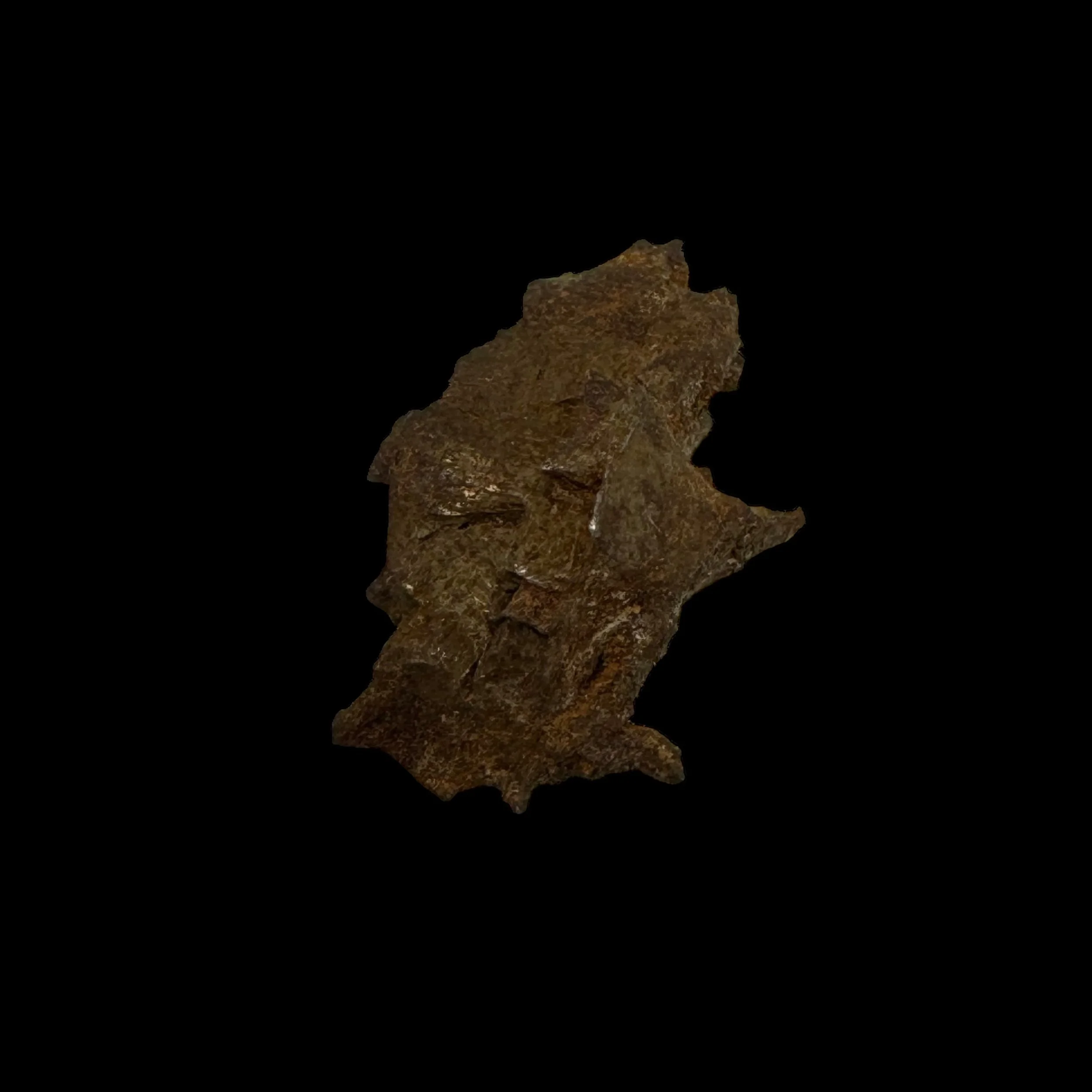




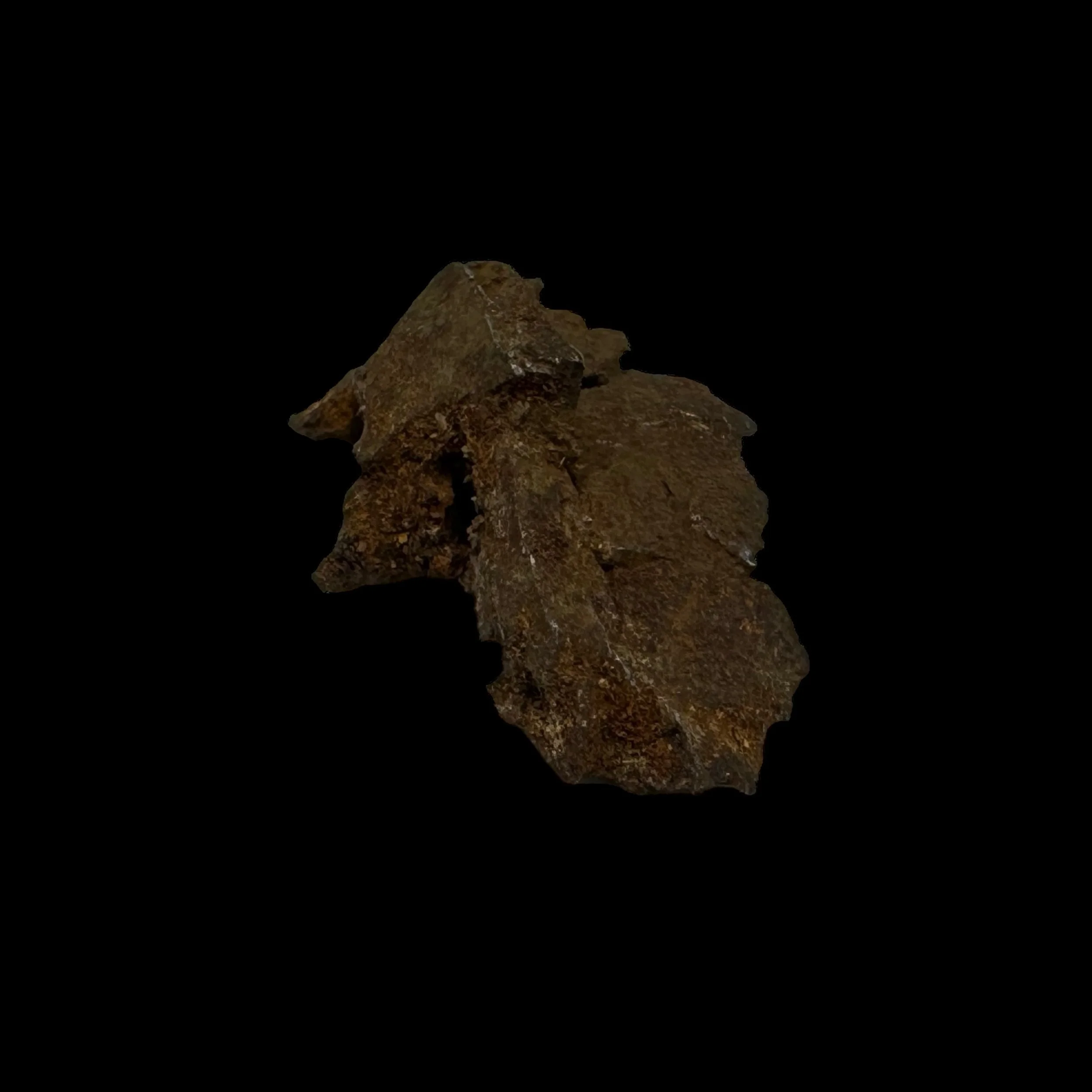
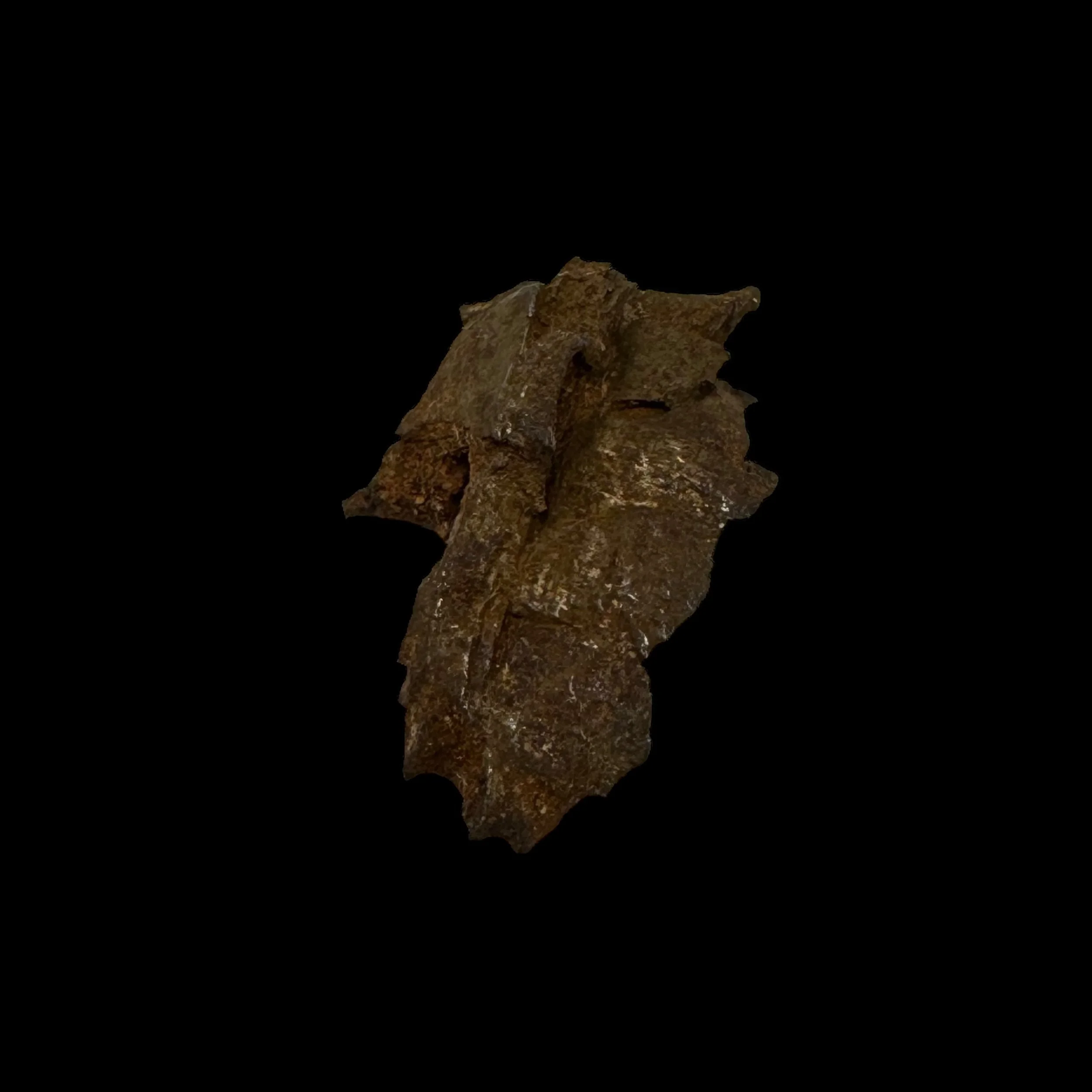

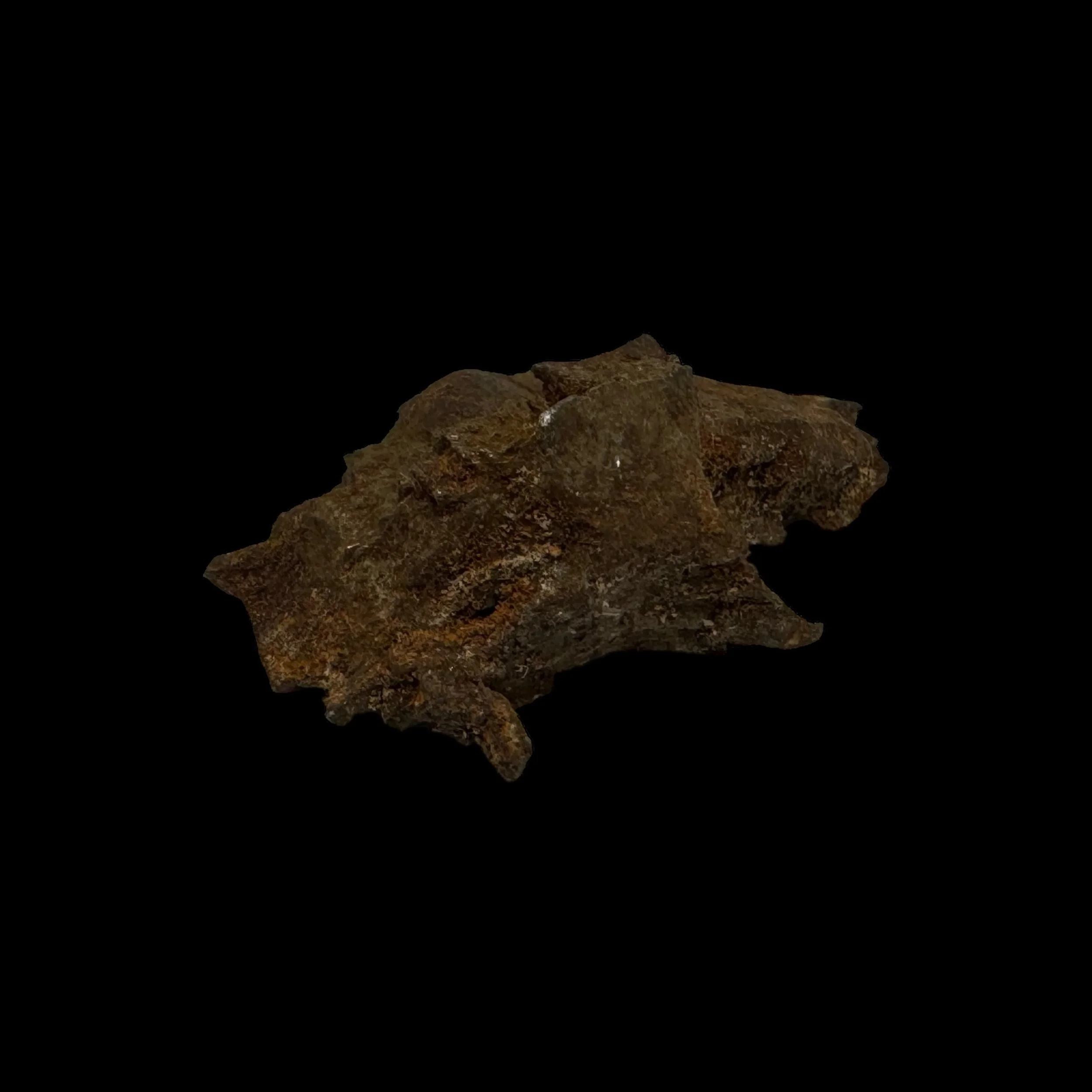



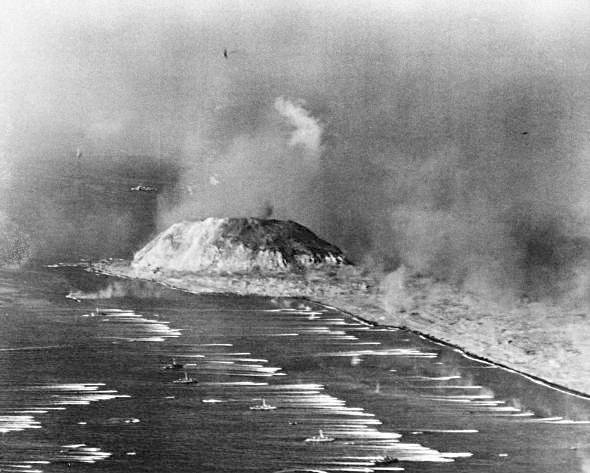



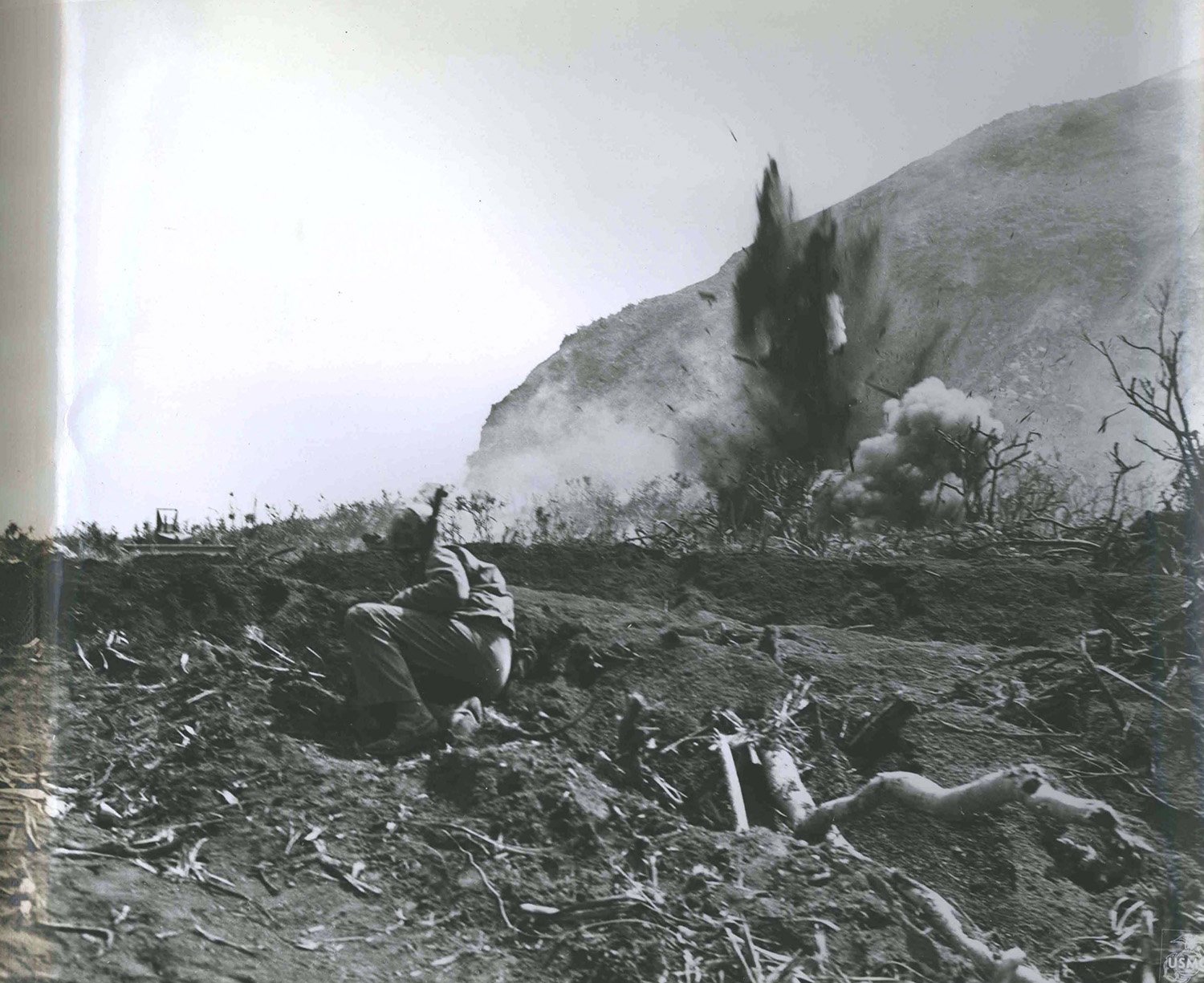







EXTREMELY RARE! WWII 1945 Battle of Iwo Jima Battlefield Preserved Exploded American Shrapnel Fragment (SMALL/MEDIUM SIZE)
Comes with a hand-signed C.O.A.
*THIS IS A ONCE-IN-A-LIFETIME ARTIFACT FROM THE BATTLE OF IWO JIMA. PRESERVED ARTIFACTS FROM THE BATTLE OF IWO JIMA ARE EXTREMELY RARE AND RARELY MAKE IT TO THE PUBLIC SECTOR. WE ARE IN THE PROCESS OF CURATING THESE PRESERVED RELICS FOR BOTH PUBLIC COLLECTIONS AND PRIVATE MUSEUMS.
Size: 1.25 inches
Please Note: Exploded shrapnel fragments were the leading cause of death of soldiers (75% KIA from shrapnel wounds) in both the Pacific Theater and European Theater during WWII. This single shrapnel fragment is still very sharp from when it exploded and was a deadly projectile fired at Japanese targets. Care must be taken when handling this artifact.
This original and museum-grade World War II artifact is an extremely rare exploded American shrapnel fragment preserved from the Battle of Iwo Jima (1945).
The Battle of Iwo Jima, also referred to as Operation Detachment, was an one of the bloodiest military campaigns of the Pacific Theater between U.S. Marines and the Imperial Army of Japan in early 1945. Located 750 miles off the coast of Japan, the island of Iwo Jima had three airfields that could serve as a staging facility for a potential invasion of mainland Japan. American forces invaded the island on February 19, 1945, and the ensuing Battle of Iwo Jima lasted for five weeks. In some of the bloodiest fighting of World War II, it’s believed that all but 200 or so of the 21,000 Japanese forces on the island were killed, as were almost 7,000 Marines.
The Japanese Army positions on the island were heavily fortified, with a dense network of bunkers, hidden artillery positions, and 18 km (11 mi) of tunnels. The American ground forces were supported by extensive naval artillery and had complete air supremacy provided by U.S. Navy and Marine Corps aviators throughout the battle. This Iwo Jima exploded “deadly” shrapnel was professionally preserved from the 1950’s-1970s by the U.S. airmen of the U.S. Loran Station located on Iwo Jima. This shrapnel was preserved and left uncleaned or altered in any way since it was uncovered from some of the most famous Iwo Jima battlefield areas such as Airfield No. 1, Airfield No. 2, Hill 382, Mount Suribachi, and the D-Day black sand beaches landed on by the U.S. Marines.
The Battle of Iwo Jima:
Iwo Jima is eight square miles in area and shaped like a pork chop, its widest part oriented toward the northeast. The island’s narrow southwestern tip is dominated by a small mountain, Mount Suribachi, which is a dormant volcano vent. Two completed airfields and one under construction were located respectively from the southwest toward the northeast on Iwo Jima’s centerline. Kuribayashi had divided the island into five defensive sectors with central reserve areas. U.S. planners had designated landing beaches along both southern and northern shorelines between Suribachi and the wider part of the island, but only the southern beaches (from southwest to northeast: Green, Red, Yellow, Blue) were used in the assault.
Bombing raids and occasional naval bombardment had been carried out against Japanese facilities on Iwo Jima since June 1944 and this bombing intensified in the weeks leading up to D-day. Although the air raids damaged some Japanese fortifications, Navy underwater demolition teams landed for a beach reconnaissance overestimated the bombing missions’ impact and did not note the full extent of the Japanese underground fortifications.
V Amphibious Corps requested a concentrated shore bombardment for 10 days prior to the landings. However, citing ammunition supply issues, Task Force 52, the amphibious support force providing fire support, only provided three. Adverse weather curtailed bombardment operations on 16 February, the first day. Ultimately, only 13 hours of effective bombardment were carried out over the three-day period. Fifth Fleet also began minesweeping operations around the island, specifically of the approaches to the designated landing beaches. Prior to the operation, Spruance had detached Task Force 58, his fast carriers (which also carried eight Marine Corps fighter squadrons), to strike strategic targets on Honshu in wide-ranging support of the Iwo Jima landings. The Marines, already unhappy with the shortened duration of naval gunfire support and believing continuous close air support of the ground forces should take priority, hardly welcomed this decision.
Almost precisely at H-hour, 0900 on 19 February, the first assault wave, with 5th Marine Division units on the left and 4th Marine Division units to the right, landed on the assigned beach sectors. The Japanese held their fore until 1000, after the Marines’ first wave was on the beaches and the covering naval gunfire had momentarily eased. The sudden, unexpected volume and accuracy of artillery and mortars clearly indicated that bombing and naval bombardment had not markedly affected the enemy. This had a devastating effect on the buildup on the beaches. All of the sectors suffered casualties, although Green and Red beaches, flanked by Japanese positions on Mount Suribachi, and the Blue beaches, fronted by enemy emplaced in the cliffs of a rock quarry, were perhaps hardest hit. Further handicapping the Marines was the instable beach, composed of steep terraces of constantly shifting black sand, volcanic cinders, and ash. This made digging in very difficult and bogged down wheeled and even tracked vehicles, causing pile-ups of men, amphibious tractors, tanks, and supplies at the waterline. These were subjected to constant Japanese artillery, mortar, and machine-gun fire. The steep beach gradient also caused a violent surf zone with which landing craft and tractors had to contend.
These difficulties notwithstanding, the landings were successfully executed and, under cover of a rolling naval gunfire barrage and close air support mainly provided by Fifth Fleet’s escort carriers, the Marines began moving off the beaches. The 5th Marine Division pushed to the northwestern shore in order to isolate Mount Suribachi, and accomplished this task within ninety minutes of the initial landings. The 4th Marine Division’s progress was much slower, however, as it proceeded toward the airfields. One of these lay directly in front of the Marines, but the second, more centrally located field, required a wheeling movement toward the northeast, which brought most of this division into a bowl-like area completely exposed to heavy Japanese fire.
By the end of D-day, nearly 30,000 personnel had been landed on Iwo Jima despite rapidly deteriorating weather conditions, the difficult terrain, and stubborn, well-coordinated Japanese resistance. Although the Marines had managed to cross the island at its narrow width and had cut off Mount Suribachi, the day’s planned phase line had not been reached while casualties mounted at an alarming rate. The beachhead remained concentrated in a triangular area roughly 4,000 yards long, and from 700 to 1,100 yards wide from north to south.
D+1 saw the landing of 3rd Marine Division, the corps reserve, and later taking up battle space between the two previously committed Marine divisions. Meanwhile, the 5th Division’s 28th Marine Regiment began its assault of Mount Suribachi, which was garrisoned by 2,000 Japanese troops and extensively honeycombed with defensive positions and tunnels, one of them seven levels deep. Bolstered by reinforcements from 3rd Marine Division, other 5th Marine Division units and the 4th Marine Division slowly continued to force their way northwest and northeast. Navy destroyers, many assigned to specific Marine units, provided direct gunfire support. Although frequently the targets of Japanese guns, Marine tanks, amphtracs and artillery did the same, providing mobile firepower to the engaged infantry units. Fifth Fleet aircraft continued to fly close-support missions, often dropping napalm on the deeply dug-in enemy.
Ultimately, however, small teams of Marines—or even individuals—armed with flame throwers, satchel charges and hand grenades (“blow torches and corkscrews”) were those who were instrumental in destroying Japanese strongpoints. The cost was commensurate: By the end of D+1, many Marine rifle companies had lost up to 50 percent of their pre-assault strength in killed and wounded. Operational momentum remained extremely slow and progress was measured in yards of ground taken.
From 21 February (D+2) into March, despite Japanese tenacity and ingenuity, U.S. forces were gradually able to make significant advances. During the night of 21–22 February, ships on the outer periphery of the amphibious landing area were subjected to the only kamikaze attack experienced during the operation. The escort carrier Bismarck Sea (CVE-95) was lost and fleet carrier Saratoga (CV-3) was so badly damaged that she had to return Stateside for repair and never returned to combat. Ashore, while the Marines reached the summit of Mount Suribachi on the morning of 23 February soon after the initial landing, the rest of the battle for the island would take the month that followed in heavy fighting. Despite the iconic and certainly morale-boosting flag raising, hidden pockets of enemy continued their resistance on the mountain—a blow to Kuribayashi’s defences. Airfield No. 1, the southernmost air facility, was captured after hard fighting by D+1 while the Marines continued to move northward, aided by an armored task force of several Marine tank companies.
As they advanced, they encountered well-coordinated and -led counterattacks by the Japanese—a surprise to those U.S. service members who had experienced chaotic enemy banzai charges in the past. Tanks were put out of action by mines, suicide squads or well-camouflaged antitank guns, and the Marine rifle companies were subjected to constant artillery, mortar, and small-arms fire. To the frustration of the ground forces, many Japanese positions proved impervious to close air support bombing and strafing and had to be taken by direct ground assault or by sealing off entrances. After nine days, the drive north had progressed 4,000 yards at a cost of 7,000 U.S. casualties but by 4 March, Airfield No. 2 had been secured after hard fighting and the Marines had degraded General Kuribyashi’s defenses to the point at which many Japanese heavy weapons were out of action. Also on 4 March, the 9th Bomb Group B-29 “Dinah” made an emergency landing on Airfield No. 1. It refueled and departed, demonstrating the potential use of the island by XXI Bomber Command. On 14 March, the island’s occupation was officially announced, although fighting continued for two further weeks. Finally, on 26 March Iwo Jima was declared “secure.”
Aftermath
Of the roughly 21,000 Japanese defenders, 216 survived the battle to be taken prisoner, and an estimated 3,000 went into hiding during the U.S. occupation of the island. By August 1945, Most of these had either been killed, captured, or had surrendered, but one group did not lay down its arms until 1949. Having done his utmost to forestall the inevitable, General Kuribayashi committed suicide in his command post on 23 March 1945.
The perceived strategic position and utility of the island were not immediately apparent to its occupiers. The Japanese radar station, the American operators soon learned, had actually been incapable of providing necessary early warning data to Japanese Home Island air defenses. For their part, prior to Operation Detachment, the Japanese had effectively written off the island’s airfield for any significant operational employment. As a way station for U.S. Army Air Forces aircraft, Iwo Jima again appeared to offer little advantage. Utilizing Iwo Jima’s airfields for U.S. escort fighters in the end proved to be logistically difficult and very hard on the P-51 pilots, who faced a 1,500–nautical mile round trip. The fields’ capacity, moreover, was limited—about the same as that provided by one Navy fleet carrier. Far fewer B-29s than anticipated actually made use of the island as an emergency landing or refueling site. The airfields did host an active search-and-rescue operation, but the number of downed U.S. aviators picked up by aircraft from Iwo Jima (57) seems insignificant in comparison to the number of lives lost in the island’s capture.
Operation Detachment cost U.S. forces 6,871 killed and 19,217 wounded. Medals of Honor were awarded to 22 Marines and five Sailors, 14 of them posthumously (13 Marines, one Sailor). As Admiral Chester W. Nimitz, commander of Pacific Fleet and Pacific Ocean Areas, noted after the battle, “uncommon valor was a common virtue.”